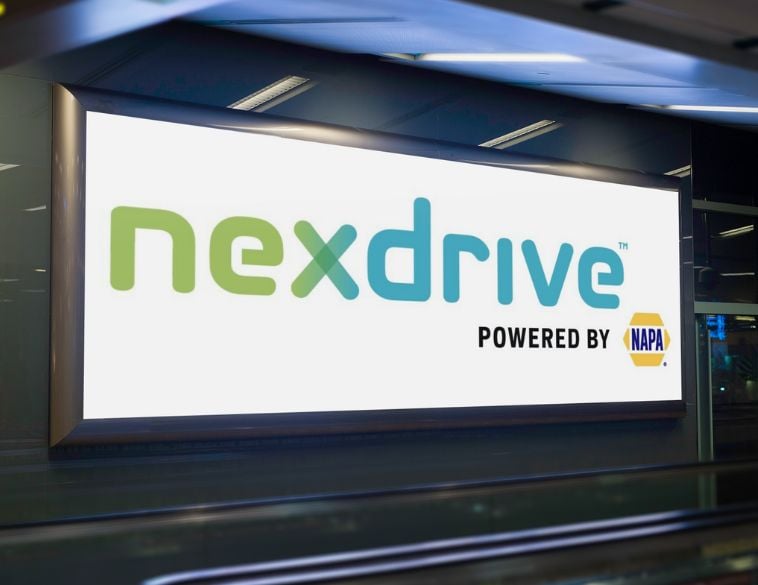U.S. incentives and battery materials could present issues.
There has been a lot of euphoria about the recent climate bill passed in the U.S., specifically that electric vehicle (EV) incentives will apply to vehicles made in all regions of North America, instead of just within U.S. borders.
Although no one makes EVs in Canada yet, it’s an acknowledgement of the tight integration of vehicle production and their supply chains across all three countries. In addition to levelling the playing field for EV auto production, incentives presumably will increase regional sales volume, creating the chance that Canada will get a bigger slice of this growing pie.
Targets to a final mandate
Right now, we’re in an uncertain time for dealers overall, as governments set EV mandates that may pose challenges. Under Canada’s 2030 Emissions Reduction Plan, the federal government has committed to a target of 100% zero-emission vehicle (ZEV) sales by 2035, with interim targets of at least 20% by 2026, and 60% by 2030. But 60% is only eight years away, and in the first quarter of 2022, ZEVs were only 8% of all new-vehicle sales. That is up from 5% in 2021, but currently, EV vehicle inventory is even tighter than internal-combustion engine (ICE) vehicles, and EV production will only start ramping up in the coming years.
Pricing and affordability challenges are likely to persist in the years ahead. The International Energy Agency (IEA) is looking at the demand for battery materials and the corresponding rise in their prices.
In March 2022, IEA reported that lithium and cobalt prices more than doubled in 2021, while those of copper, nickel and aluminum rose by 25% to 40%, the largest annual increases since the 2010s and by a wide margin. A few of these materials are concentrated in countries such as Russia, so we don’t expect prices will come down just as demand for them starts ramping up. Broader price pressures around energy costs, labour shortages, and supply chain reforms will only add to these costs.
Working toward price parity
While the cost of assembling EVs may come down as higher sales volumes create economies of scale, that may be eroded by the metals needed to make their batteries. In order to see price parity with ICE vehicles, innovations in battery technologies must bring costs down and EVs may have to become smaller to reach the price point of average consumers. Currently, the typical EV buyer in the U.S., in particular, is going for luxury models. It’s not necessarily because they’re environmentally conscious, but because it’s an electric version of the type of luxury vehicle they’ve always purchased.
What could speed up the auto industry transformation is that it could be increasingly inefficient and expensive for automakers to build ZEV and ICE vehicles simultaneously, and they’ll be eager to switch to just one. But there are still some 25 million vehicles on Canadian roads, almost all of them ICE, so it will be a long time before this stock turns over.
Dealer concerns with EVs
The shift also raises many pragmatic concerns for dealers. With limited inventory over the horizon and competing demand from incentivized U.S. purchases, they may be scrambling to get EVs on their lots even as government mandates put pressure on sales targets. They will have extra cost pressures in repairing two entirely different types of vehicles.
Dealers will also be involved in a used ZEV market where consumers may be leery of older batteries, or vehicles that might not be updatable to the latest technologies.
So much of this is dependent on policymakers, and dealers need to follow that policy landscape to help determine the best course of action as time goes on.



